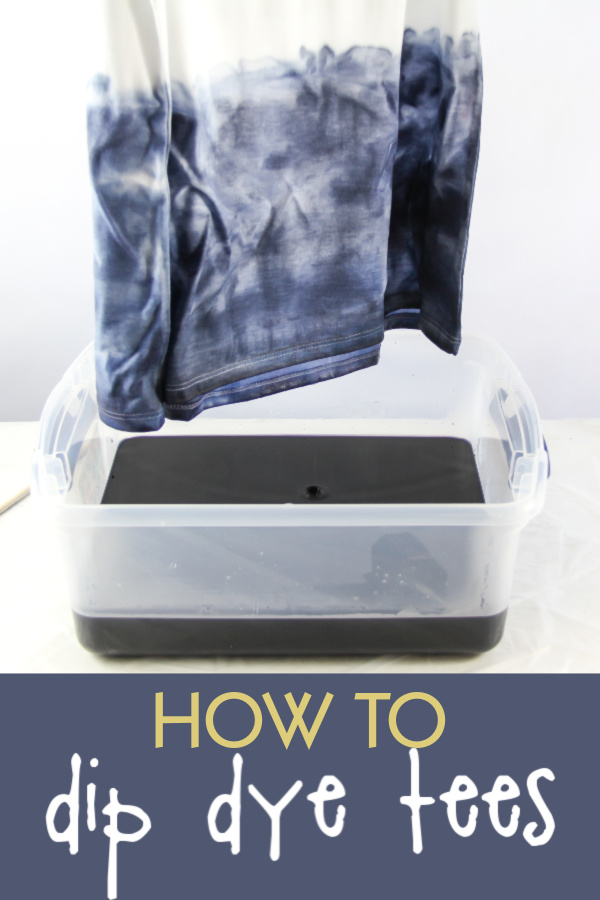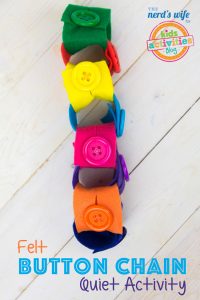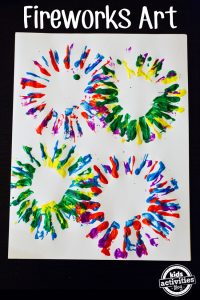
Did you know that more than 54 million Americans have arthritis? That’s one in four Americans, including 300,000 children. It’s the leading cause of disability among adults in the U.S.
That’s why we are so happy to be able to partner with the Arthritis Foundation again. This year they are introducing their Live Yes! campaign.
The Live Yes! Arthritis Network, created by the Arthritis Foundation makes connections both in-person and online to empower people to live their best life. It provides help and support to adults living with all types of arthritis and rheumatic conditions, as well as parents and guardians of children living with arthritis.

What is life like with arthritis?
For many people with arthritis, daily tasks, or fun activities that we do with ease simply can’t be done anymore due to the excruciating pain they experience. As a mother, I cannot imagine not being able to craft with my kids or have difficulty cooking for them.
To give you an idea of what it’s like to live with arthritis I had the pleasure of interviewing Claire and her mother Joanne recently. Claire was diagnosed with arthritis at age 2, she is now 18 and in college. Her arthritis is mostly in her knees, but also extends to her elbows and ankles when it flares up.
Interview
What are your favorite activities, and do you participate in any sports?
[Claire] Running is hard, it was always hard through school, I had to sit on the sidelines sometimes. I love swimming and am on the college swim team now. I can’t do breaststroke kicks though, which I have to explain to new coaches and other swimmers when they wonder why I’m not swimming the same as others.
What causes your arthritis to flare up?
[Claire] Mostly the weather. When there’s a drop in pressure and it changes from warm to cold weather. Stress also makes it flare up, especially around finals.
What everyday tasks do you have the most difficulty with?
[Claire] Right now it’s mostly getting around campus, there are hills and stairs and that can be difficult.
What alleviates the pain for you?
[Claire] I get Enbrel injections every week. Although, I have been advised not to take that at the moment while a family member is in self-quarantine after returning home from another country. My knees are the size of balloons right now. The warmer weather helps, but I also take Advil or Aleve to help with pain management. *Please consult your doctor before taking any medications.
If you could give advice to kids with arthritis, what would it be?
[Claire] Despite having arthritis and not always being able to do things other kids could do all the time (or having to do things differently), I still found my path to success. I’m now 18 and I’ve been ranked a top 10 swimmer in the NCAA Division III this year as a freshman. I want you to reach for the stars and don’t let your arthritis stop you!
Crafting with arthritis
Although Claire doesn’t have arthritis in her hands, I want to share a fun craft project that kids and caregivers with arthritis can do.
Dip dyeing items such as backpacks, clothing, beach bags, and towels is such a fun project for everyone to do. My daughter and I spent hours dip dyeing recently. Once she realized just how easy it is to give a new look to some of her clothes she was hooked.
Dip dye tees
We dip-dyed 4 tees, a pair of shorts, and a pair of jeans with one tub of dye. Most items were clothing we didn’t want anymore so we were just experimenting … like the yellow jeans that after dyeing still had yellow seams. The tees turned out great though.

What you need
- Articles to dye (remember white dyes better, different colored fabrics will yield different results.
- Clothing hanger
- Plastic container or stainless steel sink
- Dye
- Hot water
- Gloves
- Wood stick, skewer, etc (optional)
Instructions
Note: Watch the video below for the full process.
Clip your garment onto a clothes hanger if you are dip dyeing it, not dyeing the whole item. This prevents messy hands, but also allows you to hang it above the tub of dye to squeeze out excess dye and water before washing.
Follow the directions on your dye package for the correct combination of hot water to dye ratio.
Lower your garment into the dye.
Once you have the desired result, remove your garment and hang it above the container or sink. Squeeze out the excess liquid.

Rinse the dyed section under water until the water runs clear. If you are doing sections of a tee like we did DO NOT RINSE THE ENTIRE TEE, just the section that has the dye, otherwise your entire tee will turn blue. Once the water has run clear, pop an old towel into the washing machine and wash and dry the garment like normal to remove excess color that could dye other clothes it’s washed with.
Tips
- To get the tie-dye look we let the tee get bundled up a little in the dye and pulled it out after just a couple of minutes.
- To get the more even dye we made sure that the entire section we wanted to dye was covered, using a wood dowel to separate sections and make sure they were soaked.
- The longer you leave the garment in the dye, the darker the dye will be.
- After washing, the garment will be a lot lighter than when you first pulled it out.
- To get a look that fades from dark to light (an ombre look) dip your garment into the dye but immediately pull it up a couple of inches. Each time you pull it up, leave the next section in the dye for a few minutes, then repeat until the entire garment is out of the dye.

Looking for another arthritis-friendly project to do? Make our paper plate roses.







